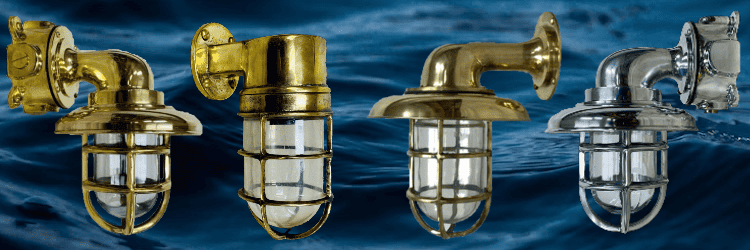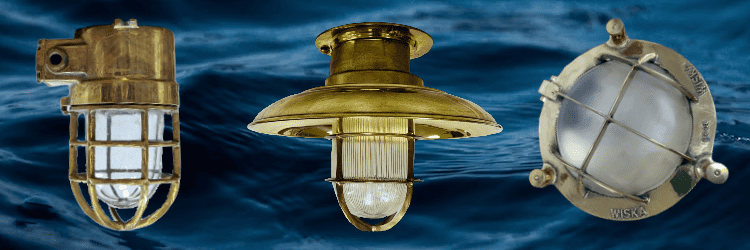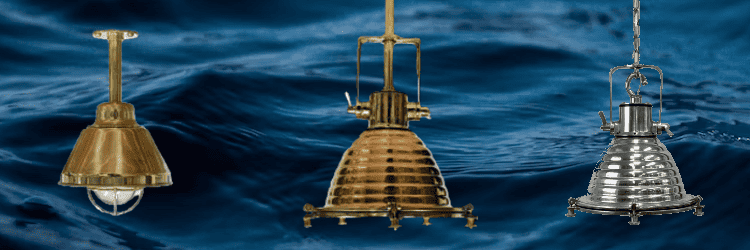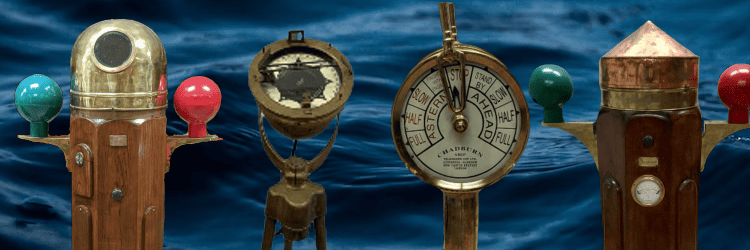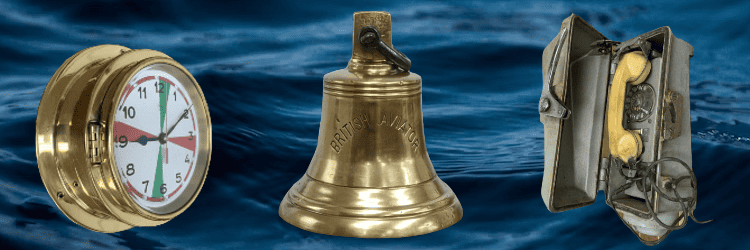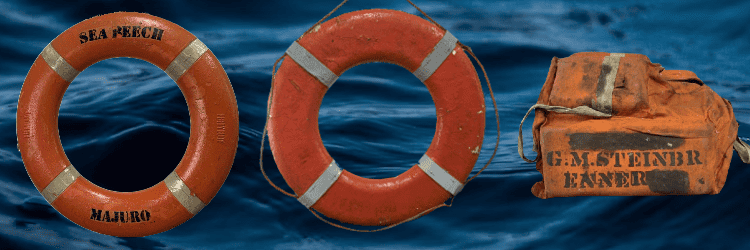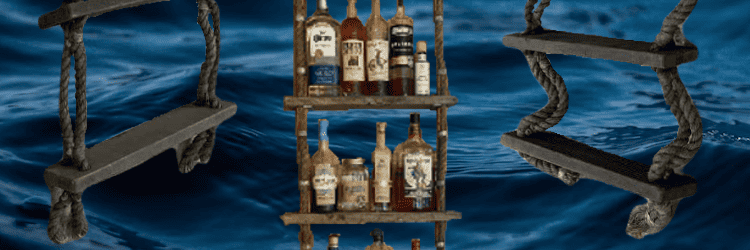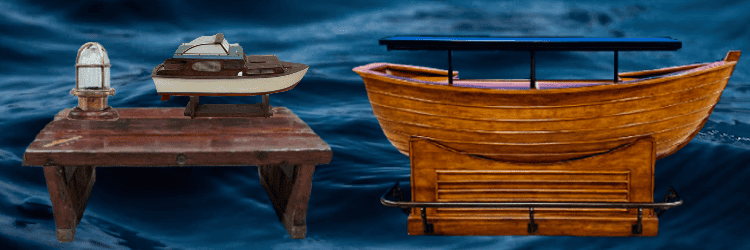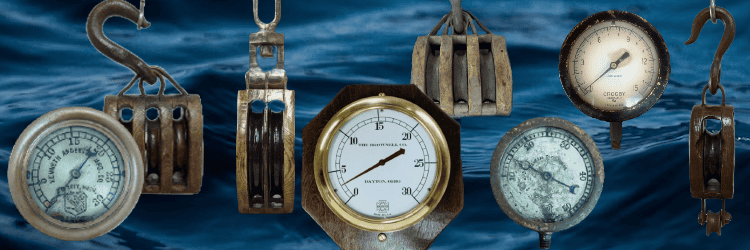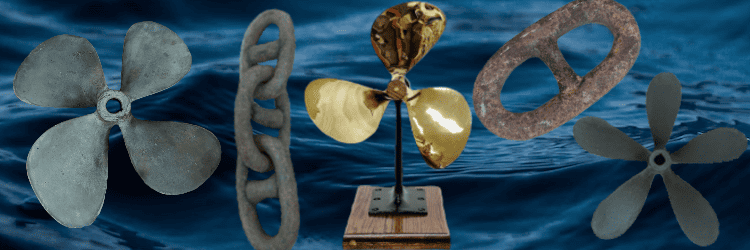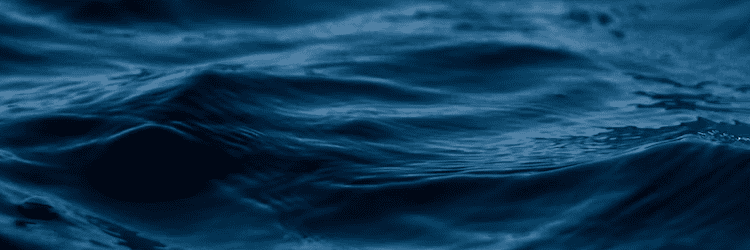Types of Nautical Lighting
Nautical lighting has become a high demand product for creative indoor and outdoor lighting projects. Nautical lighting is generally lighting made of cast brass or stamped copper parts. The cast brass material typically found in authentic nautical lighting gave the lights the ability to withstand the harsh elements associated with the saltwater conditions. Nautical lights can be found in many different designs, but the two most common designs are bulkhead lights and ceiling lights.
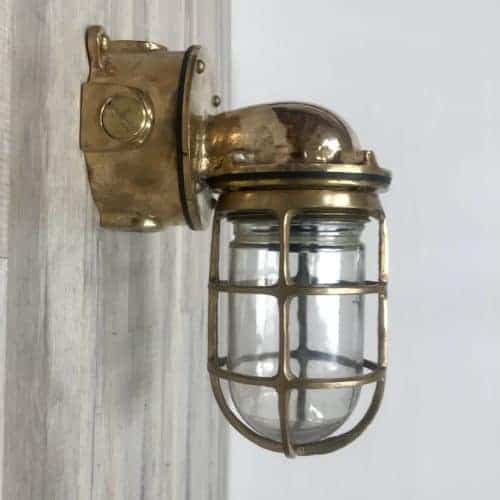
Bulkhead nautical lights used without a junction box normally indicated the wiring for the light came from behind the wall and was feed directly into the back side of the cast brass housing. In most cases, these would have a glass globe with exterior threads on the open end of the glass. The threaded end of the glass globe would require about six to ten turns of the globe to be threaded into the top section of the cast brass housing. This often provided the first line of defense to block the entry of water into the nautical light. Many people refer to the design of these globes as a jelly jar, but unlike a jelly jar, true nautical light globes had a rounded end. These nautical lights will more often than not will then be fitted with a cast brass cage that also threads to the top housing of the light. This sturdy cage provides some protection to the exposed glass globe.
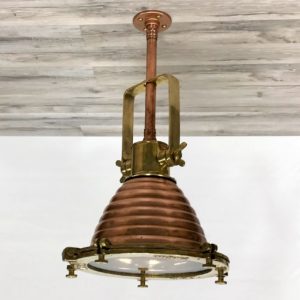
Other types of nautical lighting include cargo lights, spot lights, deck lights, and navigation lights. I would say the nautical navigation lights are also very collectible. On large commercial vessels, the only four nautical navigation lights you hear talked about are “Port Side Lights”, “Starboard Side Light”, “Masthead Lights”, and “Anchor Lights”. The Port Side nautical light is always red in color and found positioned on the right-hand side of the vessel. The Starboard Side nautical light is always green or blue in color and positioned on the left-hand side of the vessel. The Masthead nautical light is clear in color and will only have a 90 degree exposed globe that points forward when the vessel is in motion. The Anchor Light is a 360-degree clear globe nautical light, and it will only be lit when the vessel is anchored.

